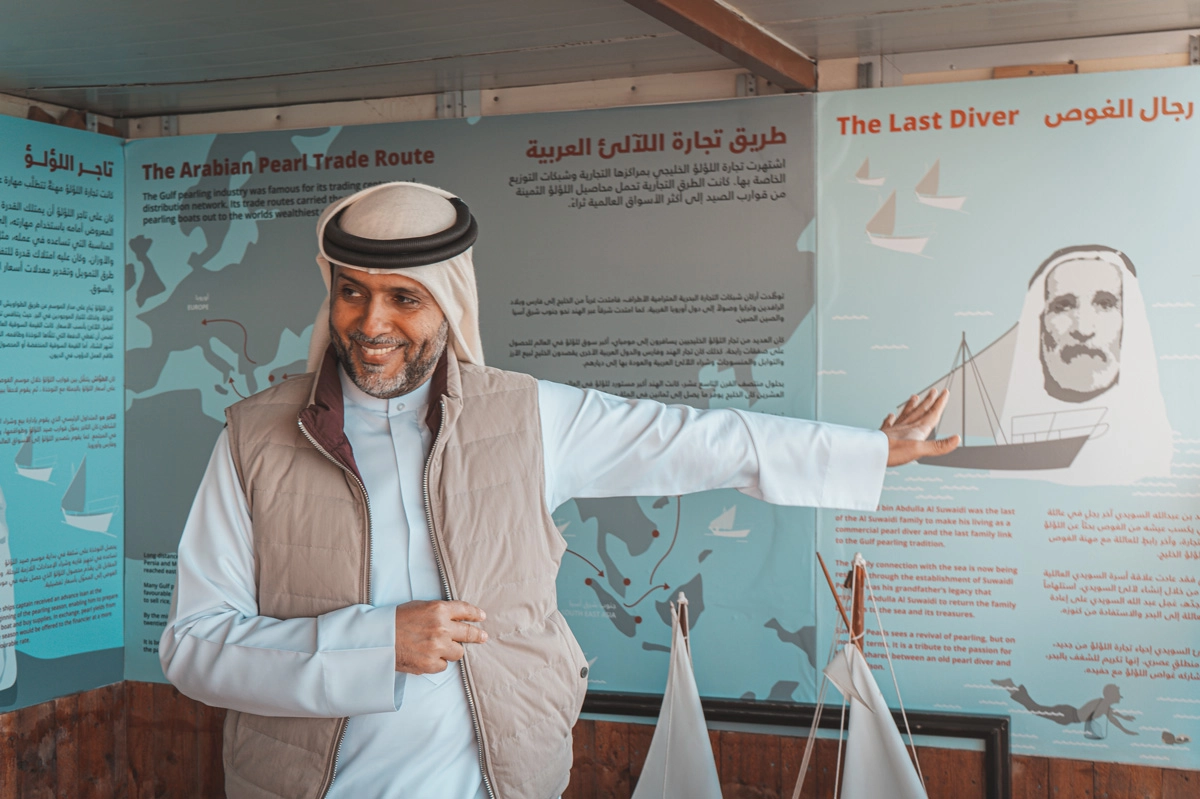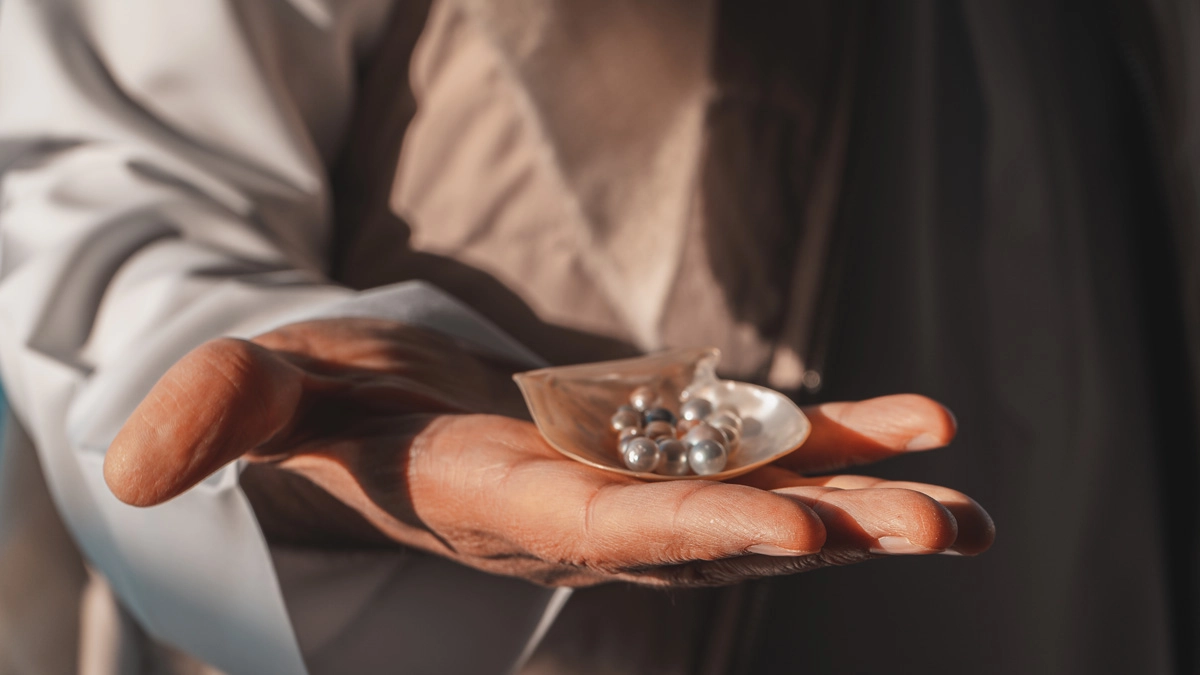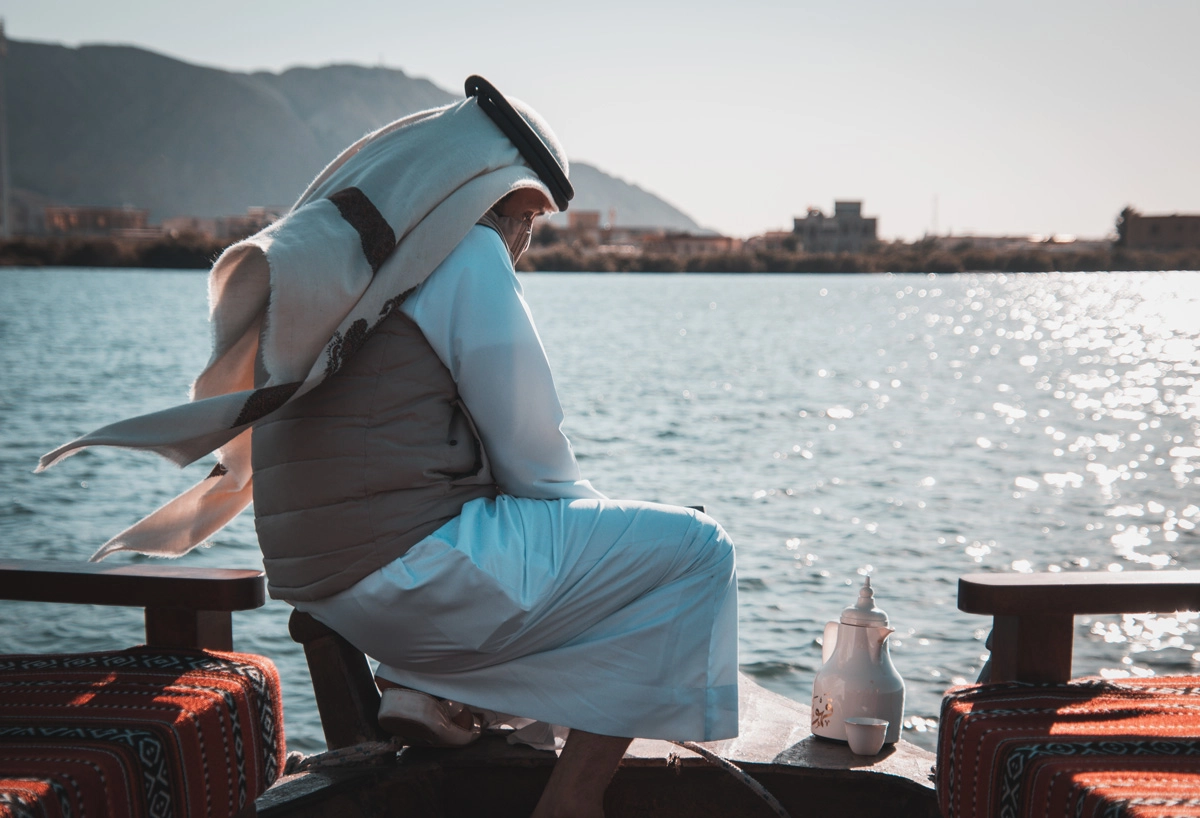Meet the UAE’s first and only cultured pearl farm. Read below to find out how it revived pearl harvesting, a trade that gained traction in the Bronze Age and almost disappeared a century ago after Japan took over.
By Natalya Nikolaeva
credit: Ras Al Khaimah Tourism Development Authority
A turtle-shell nose clip, wax in the ears, and a stone tied to the leg to take you down to the seabed faster. Four minutes of air to go. This is how long pearl divers in the Arabian Gulf could stay underwater. Divers plunged to a depth of 98 feet for as long as four minutes to find the perfect pearl for royalty. These perilous working conditions were very hard on divers, with death rates among them soaring. But it was not like there were other jobs to do. Before oil was discovered in the UAE, pearls were the only source of income. And while black gold has powered the country’s economy for just under a century, pearls have been harvested here for almost 8,000 years. Interestingly, the world’s oldest pearl was found in the Emirates, on Marawah Island in Abu Dhabi. It dates from around 5800–5600 BC. Imagine that!
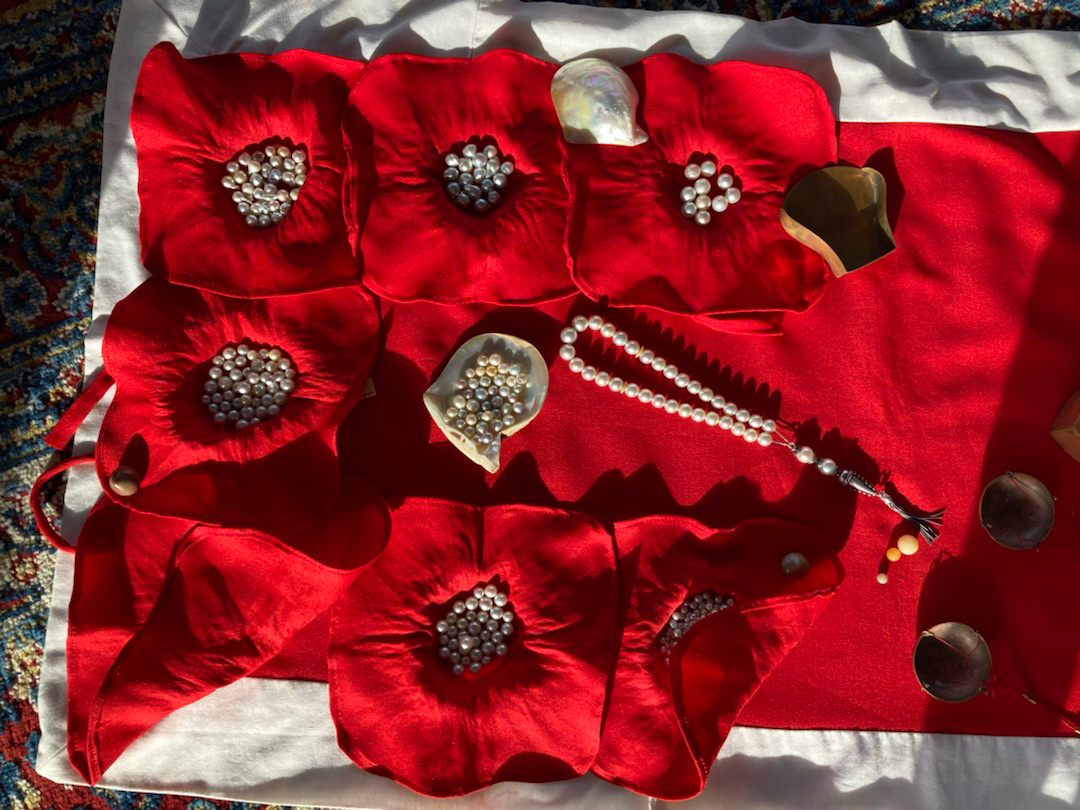
The second oldest jewel in the world was also found in the UAE, in the northernmost emirate of Ras Al Khaimah. Suwaidi Pearls is located right outside the emirate’s capital. It is the UAE’s first and only cultured pearl farm. Back in 2005, Abdulla Al Suwaidi ventured to found this business. But it was not a mere whim; he was the heir to the last pearl diver. This was how he came to become the first Arab farmer in the world to cultivate pearls. As a child, Abdulla would often dive with his grandfather for shells. His first time doing it was only at the age of 14. This sweet memory made him realize he should continue the family business as a tribute to the ancient tradition dating back hundreds of years; that was how he decided to recreate the trade. Today, he will sometimes even go into the water himself to introduce everyone to the custom that has almost gone extinct. I really wanted to see the process myself and learn the history behind this ancient trade, so I booked a tour to experience everything firsthand.
Perfect for Pearls, but Not for Humans
Our traditional wooden boat passes jaw-dropping mangroves overlooking the Al Hajar Mountains, the highest and wildest terrain in the Emirates. The Arabian Gulf is believed to be perfect when it comes to pearl diving: oysters bask in the warmth where they grow best, and divers do not have to plunge to great depths. They don’t even have to use any deep-sea equipment or scuba tanks to catch an oyster at this depth.
An Arab man brings me a cardamom coffee; he is wearing a traditional thobe, an ankle-length white robe tailored like a shirt. It’s about 86 degrees out there, and not even a canopy is much help in that sun. Imagine what it was like for pearl divers: 12 hours of outdoor work, from dusk till dawn, for months straight.
Summers were the traditional beginning of the pearl-diving season in the UAE as the water is at its warmest. The pearling season ran from May to late August. They used to refer to it as Ghous Al-Kabir, which is Arabic for “The Big Dive”. The pearl divers would be sent off to sea with a special ceremony thrown by their families. They would bid them farewell, as it was very unlikely they would see each other again—risky as that job was. The children basically lived fatherless for almost half a year, which was actually why the women had to take care of everything while their husbands were at sea. It was exactly how a fascinating tradition came into life in the UAE, and very few people actually remember it used to be a thing back then. In fishing villages, the child was often addressed by the mother’s name rather than the father’s name, as is common among Muslims. For example, Mohammed, son of Fatima.
Children as young as nine would begin working in the pearl trade, prying open oyster shells with knives to extract the pearl. They would start diving at 12, and retire at around 50, assuming, of course, they lived to see the big five-oh.
A diver’s day began early in the morning with the call to prayer, followed by a humble meal of a few dates and a cup of coffee to prevent bloating. The men would then sink to the sea floor, usually to a depth of 32 feet, and sometimes much lower, to 98 feet. Traditionally, a diver’s tools would include a basket (al-daeein) to hang around his neck and put his catch in it. A diver also used a turtle-shell nose clip (al-ftam) to prevent water from entering his nose. Special finger pads made from goat or camel skin served as hand protection from sharp coral and rough oysters. A light white diving robe helped against the jellyfish. A diver also attached a stone weight (al-hasat) to the leg with a rope (al-zaibal), and used another rope (el-yeda) to be hauled in whenever he pulled on it to indicate he was done.
Five dives in, men would rest and then go back to work. On average, they would perform up to 200 dives a day, with breaks for lunch and dinner, which typically did not last long and were nothing fancy. They slept right on the pearling boat, sharing it with 30 other people. I actually saw a boat like this moored at the farm. Just imagine the hard life pearl divers had and the job that was likely to bring sickness and early death.
What Pearls Are Worth
Both the Quran and the New Testament mention pearls. Unlike other gemstones produced deep inside the Earth, pearls are natural gems created by living creatures that require no cutting or polishing before use. It should not come as a surprise that the whole world was after pearls, especially Emirati pearls, which were perfect in size, shape, color, and luster thanks to the warm waters of the Arabian Gulf, a place with great conditions for pearl growing. The rich, famous, and wealthy from all over the world paid fortunes to have it, from Italy and Scandinavia to India and Sri Lanka.
A lot of jewelry brands use Emirati pearls, for example, Van Cleef & Arpels, Mouawad, and Cartier. Back in 1912, founder Jacques Cartier traveled to the Middle East in hopes of finding the one perfect pearl. And he actually found it! There are a lot of things to factor in here. First, the water, in particular its temperature and salinity, has been shown to be the major factor contributing to pearl growth. Farmers venture away from the coast of Ras Al Khaimah to a shallow bay nearby; this place is believed to be a perfect fit for pearl farming thanks to fresh rainwater from the mountains being an oxygen boon for the seawater.
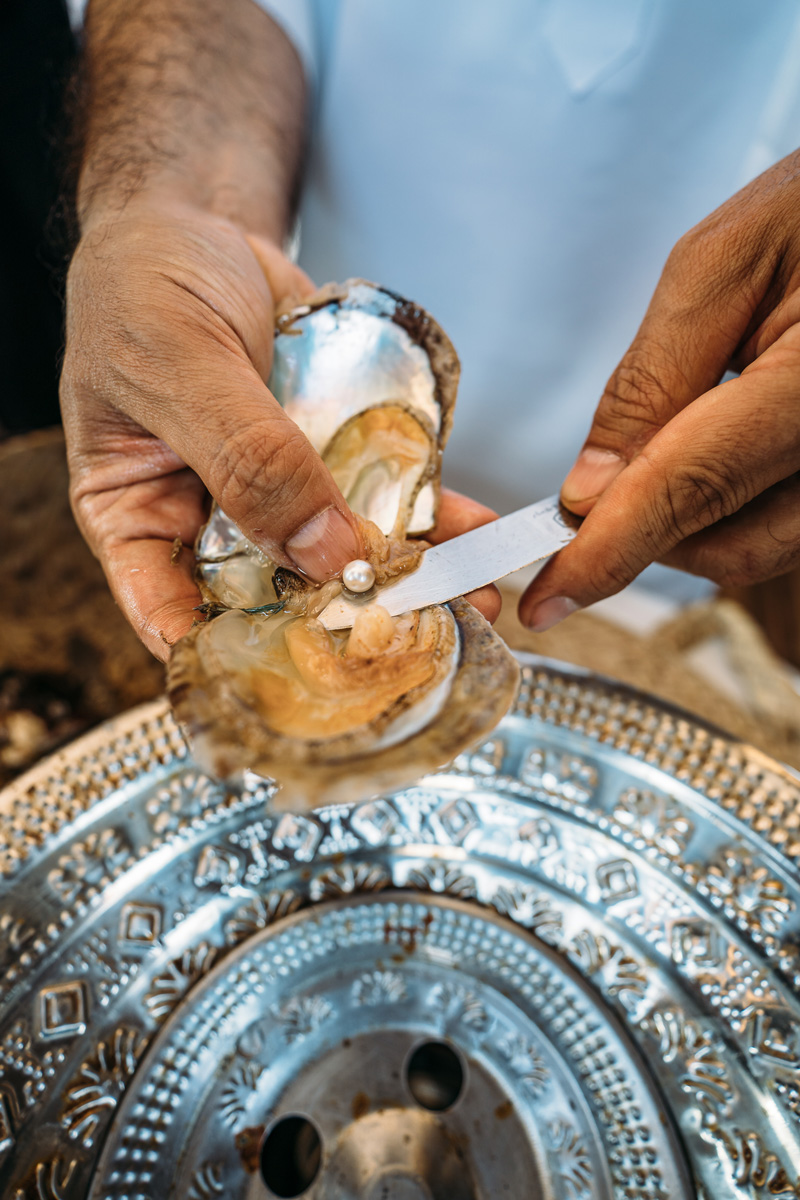
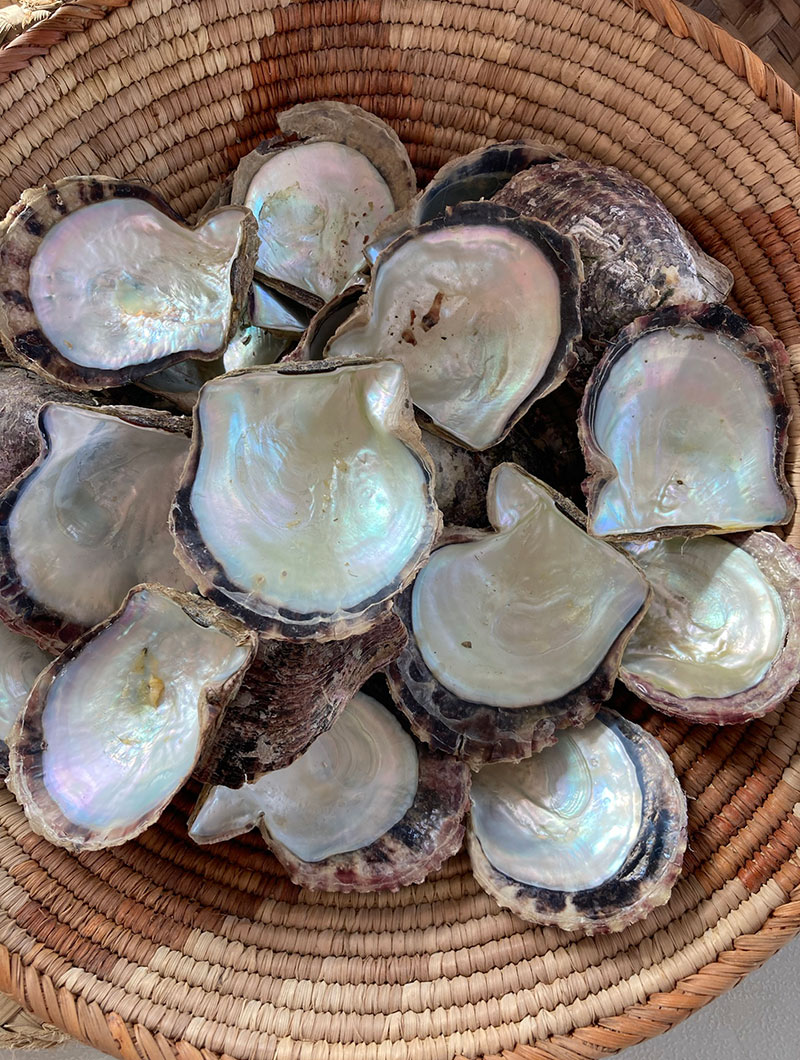


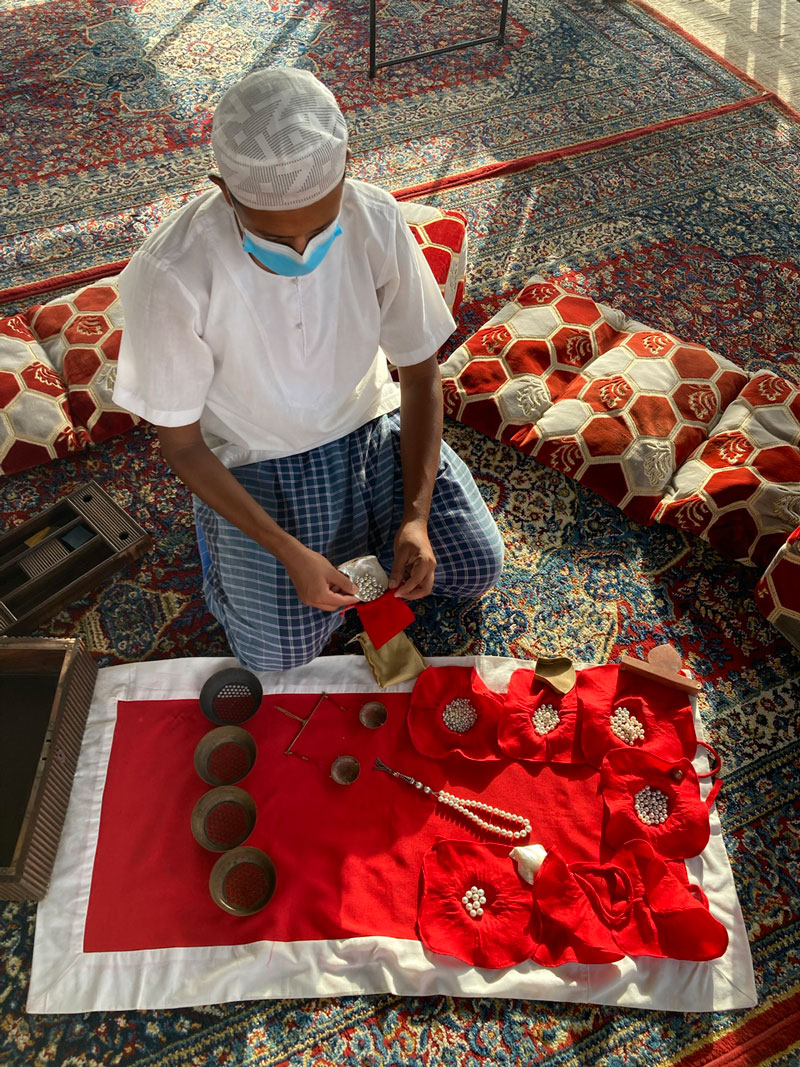
Pearls are created when a small grain of sand enters a shell. The oyster’s response is to secrete its mineral, known as nacre, coating the intruder to reduce the irritation. Over time, these layers form a precious gem; roughly speaking, in two years, it is time to retrieve the pearl. Not all oysters, however, have a pearl; only a small percentage of them would bring you what you desire, which means that out of a hundred oysters in your catch, you would have been extremely lucky to find a single pearl.
Pearls Are Dead. Long Live Pearls!
But that was the old way. In the 1920s, Japan found a way to intervene in nature and introduced cultured pearls to the world. It was cheaper and didn’t require divers to do their dangerous jobs any longer. The demand for natural Gulf pearls collapsed with the invention of cultured pearls, and the global economic crisis that followed the Second World War almost rendered pearl diving obsolete. Natural Arabic pearls became an expensive luxury that only a very exclusive few could afford, and as such, they were replaced by cultured pearls, a much cheaper alternative trade and source of gems.
At that point, the pearl industry stopped being the backbone of the UAE economy. After the Japanese challenged the UAE to pearl diving, the country became dependent on oil, and it stopped being the massive industry it once was. There were no longer any perks for pearl divers, and they switched to other professions more in tune with the times. Thanks to Abdulla Al Suwaidi, we can actually experience this trade dating back hundreds of years firsthand instead of just learning about it from textbooks and museums. He adopted the Japanese method and began to cultivate pearls in their historic homeland. He also opened the farm to the general public to raise its popularity.
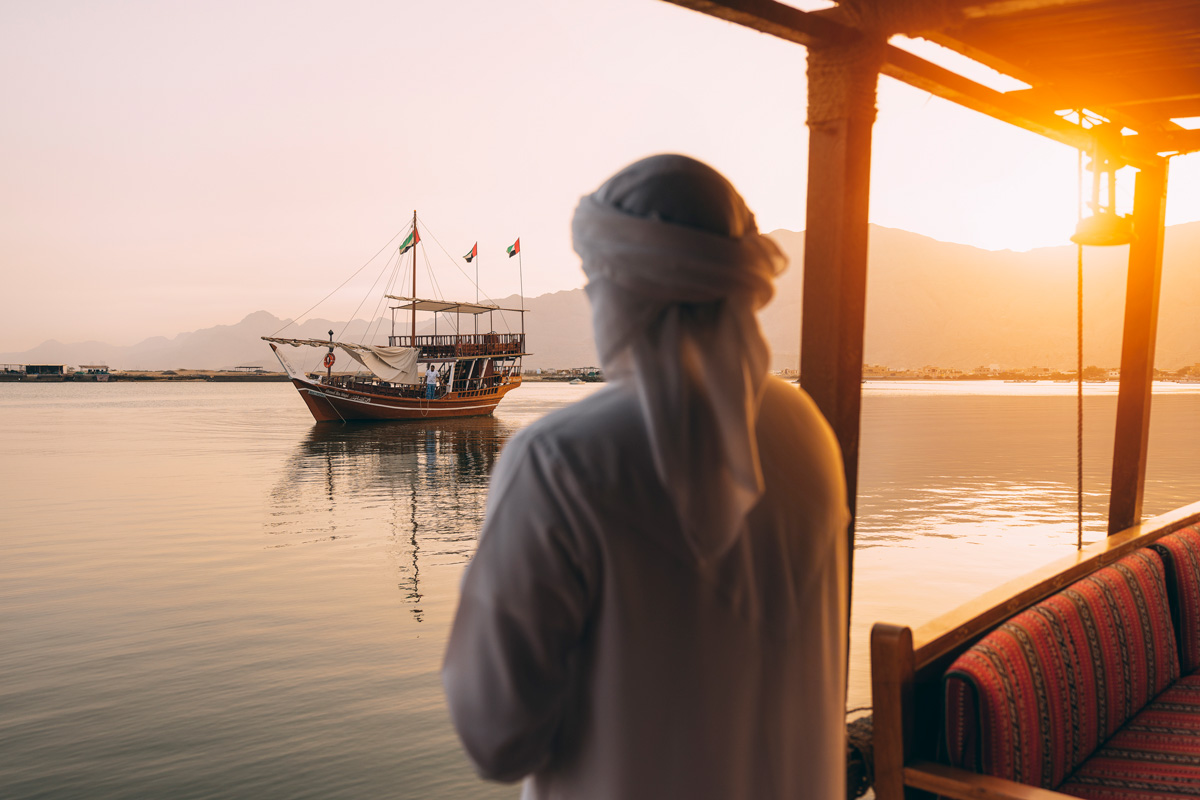
It takes you about a half hour to get there by boat. The first thing you notice once the boat reaches the wooden platform is a myriad of floats sticking out of the water, with 40,000 oysters living beneath. Only half of them will yield pearls, maybe slightly more. But that’s 60% more than what you get without human intervention, so beggars can’t be choosers.
“Here at the farm, it takes us three to six months to breed oysters. Once they mature, we gently open each shell by hand and place inside a tiny bead made from the oyster’s mantle tissue, which takes no longer than 30 seconds.” The guide follows the words by giving a visual demonstration. “We do this with 40,000 shells in total. Every day for six months. Of these, 16,000 oysters will spit out a bead and be left without pearls.”
In one year, the remaining shells will yield precious beads of various colors—from luminous white to shades of blue, gray, yellowish, gold, pinkish, purple, and green.
Human intervention actually makes no difference to how a pearl is formed. Just like in nature, all you need is a healthy oyster and clean water. And a bit of luck, of course.
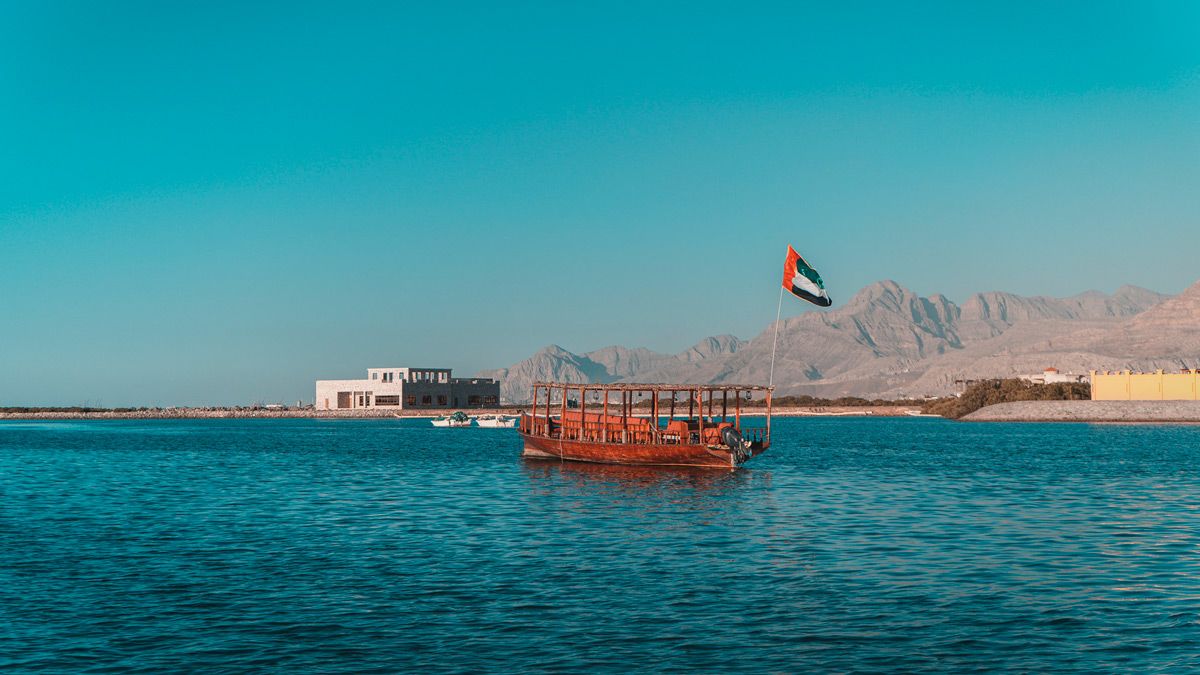
Suwaidi Pearls gems are especially popular with celebrities and royalty. For example, they were used in the prayer beads of Khalifa Bin Zayed Al Nahyan, the late Sheikh and former president of the UAE.
If you are a fan of pearls, you can buy one right at the farm: they boast a large collection of all shapes and colors, starting at AED 200 ($50) per pearl and going as high as $13,000.
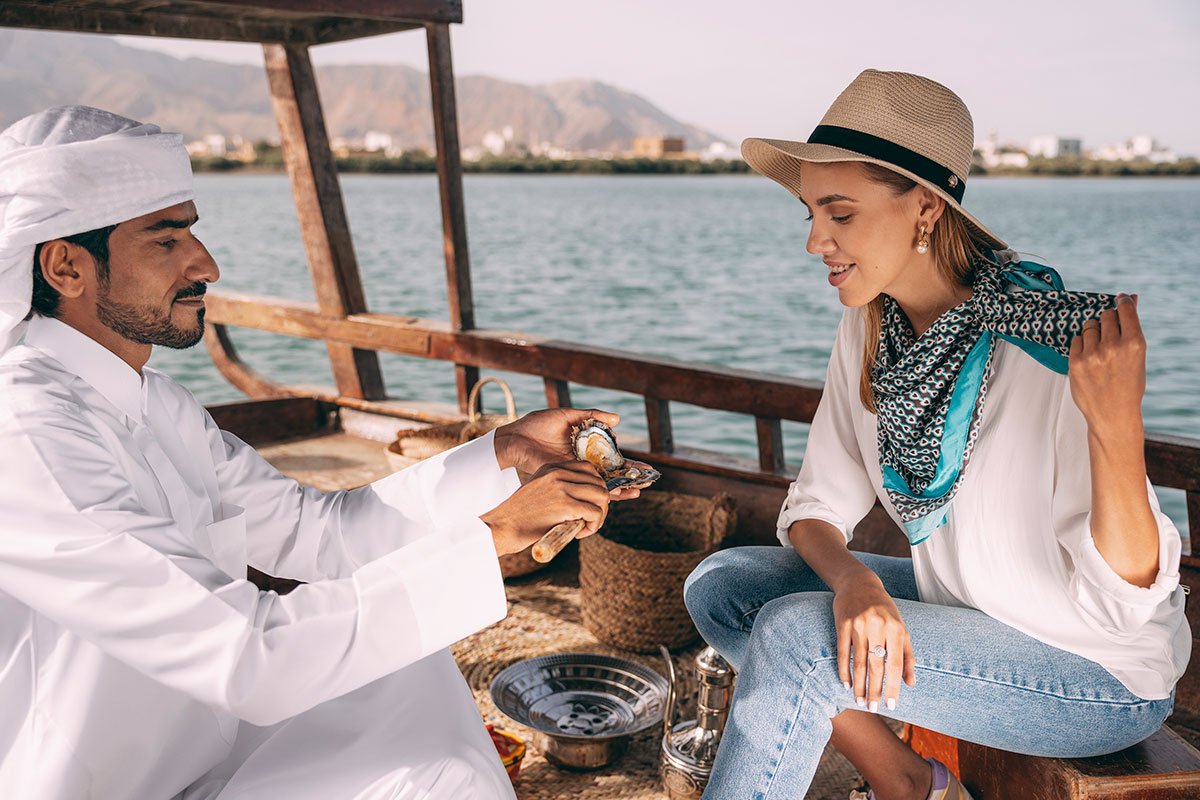
Only 1% of all pearls cultured in the UAE end up on the global market, with Asia, Polynesia, and Australia leading the way. This ranking is a far cry from the one they enjoyed in the early 20th century, when the Arabian Gulf accounted for 90 per cent of the global pearl trade. Around 20,000 men were engaged in pearl diving at that point, a huge number by today’s standards. There are big prospects that the UAE will bring back the ancient trade. This is largely attributable to the nosedive the Japanese industry took a few years back, when more than 20 million oysters suddenly died in Japan, ironically reviving hope for other markets as it takes up to four years to produce a single cultured pearl. The United Arab Emirates prefers to think of it as a welcome opportunity to discover its historic tradition again.


